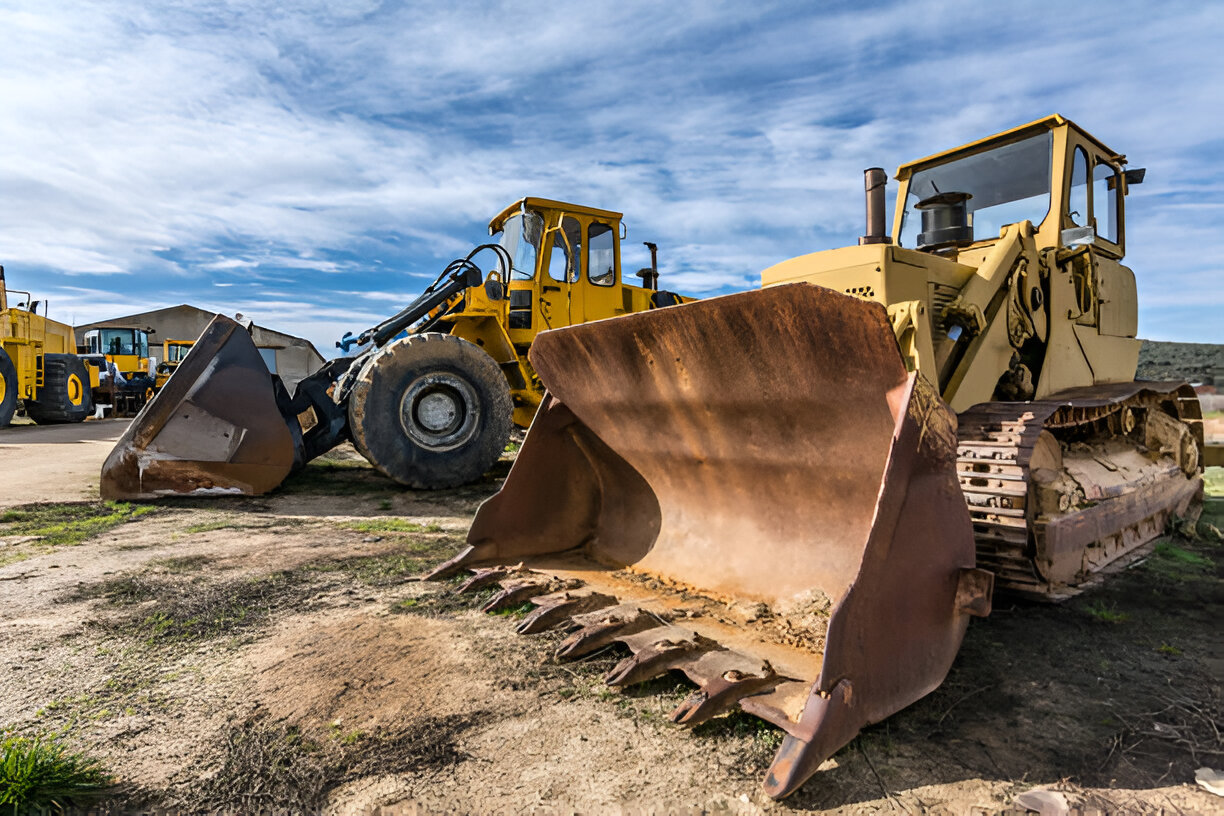Relocating to a new home or office in Scarborough can feel overwhelming, especially when it comes to packing. Choosing reliable Scarborough movers is one part of the process, but the way you pack your belongings can make or break your moving experience. Proper packing ensures your items stay safe, saves time on moving day, and even reduces moving costs. This guide shares proven packing tips that will help you organize, protect, and transport your possessions efficiently.
Why Smart Packing Matters for Your Move
Many people underestimate the importance of packing until moving day arrives. Good packing is not just about putting things in boxes—it’s about creating a system that helps movers handle items safely, prevents damage, and makes unpacking easier. For Scarborough residents, working with experienced Scarborough movers combined with efficient packing can transform a stressful day into a smooth experience.
Start with a Packing Plan
Before you pick up a single box, take some time to create a strategy. A clear packing plan will help you stay on track and avoid last-minute chaos.
Make a Room-by-Room List
List all areas of your home or office and the items in each space. Decide which items will move with you, which to donate, and which to discard.
Gather the Right Supplies Early
Having proper packing supplies ready saves time and keeps your belongings secure. Essential items include:
- Sturdy cardboard boxes in various sizes
- Packing tape
- Bubble wrap and packing paper
- Stretch wrap for furniture
- Permanent markers for labeling
Declutter Before You Pack
One of the most effective ways to save time and money is to reduce the number of items you move. The fewer boxes you have, the less you’ll pay for moving services.
Sort Items by Category
Go through clothing, books, electronics, and kitchenware. Decide what is truly worth taking with you.
Donate or Sell Unused Items
Charities, local thrift stores, and online marketplaces are great options for giving your unwanted belongings a new life.
Use the Right Packing Techniques for Different Items
Not all items require the same packing method. Some belongings are fragile, while others are heavy or awkwardly shaped.
Fragile Items
Wrap each item individually in bubble wrap or packing paper. Place heavier items at the bottom of the box and lighter ones on top. Fill empty spaces with crumpled paper to prevent movement.
Clothes and Linens
Wardrobe boxes allow you to move clothing without folding, while vacuum-sealed bags save space for linens and seasonal clothing.
Electronics
Whenever possible, use the original packaging. If that’s not available, wrap items in anti-static bubble wrap and place them in boxes with soft padding.
Furniture
Disassemble large pieces such as bed frames, dining tables, or bookshelves. Wrap each piece in moving blankets or stretch wrap to prevent scratches.
Label Everything Clearly
Labeling boxes is one of the simplest yet most overlooked steps in packing. Clear labels help Scarborough movers place each box in the right room, saving you hours during unpacking.
Color-Coding System
Assign a color to each room (e.g., blue for the kitchen, yellow for the living room) and mark boxes with both the color and a description of the contents.
Priority Labels
Mark essential boxes with “Open First” so you can easily access daily necessities like toiletries, chargers, and a few kitchen supplies.
Pack Essentials Separately
No matter how well you plan, it can take a day or two to fully unpack after moving. Keep an essentials bag with you so you don’t need to search through boxes for basic items.
What to Include in Your Essentials Bag
- Personal documents and IDs
- A change of clothes
- Toiletries and medications
- Phone chargers and basic electronics
- Snacks and water
Time Your Packing for Maximum Efficiency
Packing too early can lead to disorganization, while packing too late can cause stress. The ideal timeline is to start packing non-essential items about three weeks before your move and gradually work toward daily-use items.
Week-by-Week Packing Plan
- Week 3: Pack items you rarely use, such as seasonal décor or extra bedding.
- Week 2: Pack books, kitchen gadgets, and non-essential electronics.
- Week 1: Focus on clothing, dishes, and frequently used household items.
- Final Days: Pack essentials and clean your space.
Protect Valuables and Important Documents
Certain items require extra care and should be transported personally rather than loaded onto a moving truck.
Items to Keep with You
- Jewelry and watches
- Passports, certificates, and legal documents
- Laptops and portable hard drives
Work with Professional Scarborough Movers for Added Support
While you can pack on your own, hiring professional Scarborough movers offers peace of mind. Many movers provide packing services, bringing specialized materials and techniques to protect your belongings.
Benefits of Hiring Professional Packers
- They save you time by handling the most time-consuming part of moving.
- They use high-quality packing materials designed for transportation.
- They know how to secure fragile, bulky, and valuable items.
Unpacking Tips for a Quick Setup
Once you arrive at your new place, unpack in a way that helps you settle in quickly.
Focus on High-Priority Rooms First
Start with the bedroom, kitchen, and bathroom—these areas are essential for daily life.
Use Your Packing List to Stay Organized
Refer to your inventory and unpack one room at a time to avoid scattering items around the house.
Final Thoughts on Making Your Move Easier
Packing is one of the most important parts of a successful move. By starting early, using the right materials, labeling carefully, and working with trusted Scarborough movers, you can ensure your belongings arrive safely and your move feels less stressful. Thoughtful packing not only protects your items but also sets the tone for a smooth transition into your new home or office.




